Tate Modern (테이트모던)
9.9Km 2024-02-14
24 Sangmu-daero 673beon-gil, Seo-gu, Gwangju
Tate Modern, which opened in 2018 as a dining café in the Sangmu District of Gwangju, is known for its signature dish, the Nongbu Salad (chicken breast salad). This dish is both filling and healthy, catering to health-conscious diners. In addition to salads, the café offers a variety of other options including brunch, pasta, steak, and an assortment of diverse dishes. Due to its popularity, reservations are required for seating, especially on weekends.
Holiday Inn Gwangju (홀리데이 인 광주 호텔)
10.0Km 2021-04-05
55, Sangmunuriro, Seo-gu, Gwangju
+82-62-610-7000
Holiday Inn Gwangju is located directly opposite of the Kimdaejung Convention Center which can be reached within a 2-minute walk. It has 203 modern-style guestrooms, an indoor swimming pool, sauna, and health club on the second floor. The spacious guestrooms are designed for businessmen and tourists alike. Also, it has various facilities available to hold large events, small seminars and family gatherings. Hourglass Restaurant is available on the first floor, offering dynamic promotions by season. On the tenth floor, La Place Restaurant & Grill has a private ambience based on French style, and is a perfect place for business meetings. The Holiday Inn Gwangju is one brand of Intercontinental Hotels Group, having 1,500 hotels and resorts in the world.
Gwangju Gongyeon Maru (광주광역시공연마루)
10.0Km 2025-03-15
3 Sangmusimin-ro, Seo-gu, Gwangju
Gwangju Gongyeon Maru (Performance Maru) was the performance hall that was used during the World Photonics Expo 2010 Gwangju. After the Expo, the performance hall continued to host various events and performances. After becoming an official performance hall in 2014, it became a permanent performance hall of Gwangju in 2018 after a renovation.
Gwangju Seochang Silver Grass Festival (광주 서창 억새축제)
10.7Km 2023-11-22
377 Seochangduk-gil, Seo-gu, Gwangju
+82-62-350-4792
Gwangju Seochang Silver Grass Festival takes place along the themed walking paths next to Yeongsangang River with a range of walking programs and photo spots.
Yeongsangang River Bike Road (영산강 자전거길)
10.7Km 2025-08-12
377 Seochangduk-gil, Seo-gu, Gwangju
The Yeongsangang River Bike Road, stretching 133 kilometers along the Yeongsangang River in Gwangju, offers a scenic route. It winds past notable landmarks including the Seungchonbo Reservoir, Najudaegyo Bridge, Yeongsanpo Port, Hwangpo sailboat, Natural Dyeing Culture Center, and Naru Village. Along the path, riders can enjoy five of the most picturesque spots in Yeongsan. The starting point of the route, the Yeongsangang River Bike Road Information Center, provides free bicycle rentals and bike safety training.
Myeongokheon Garden (담양 명옥헌 원림)
10.7Km 2024-10-22
103 Husan-gil, Goseo-myeon, Damyang-gun, Jeollanam-do
+82-61-380-3752
Located in the eco-village of Husan-ri, Myeongokheon Garden was the garden of Oh Hui-do (1583-1623) of the Joseon dynasty and served as a simple, countryside sanctuary where the scholar read and wrote many books. Main features of the garden are the Myeongokheon Pavilion, where the scholar held lectures, and the square-shaped pond in front of the pavilion that is surrounded with graceful flowering trees. The flowering trees around the pond include red pines and crape myrtles. On the right side of Myeongokheon Garden you’ll see a 300 year-old ginkgo tree, which is where King Injo (1623-1649) of the Joseon dynasty tied his horse when he went to visit Oh Hui-do.
Uniqlo - Gwangju Yeonje Branch [Tax Refund Shop] (유니클로 광주연제)
11.0Km 2024-04-17
2, Yeonyang-ro, Buk-gu, Gwangju
-
Gwangju Family Land (광주 패밀리랜드)
11.3Km 2025-01-10
677, Uchi-ro, Buk-gu, Gwangju
+82-62-607-8000
Gwangju Family Land is an amusement park equipped with dozens of exciting rides as well as recreational facilities such as a swimming pool, an ice rink, and a sledge park. Spanning 290 acres of land, it is the largest urban amusement park in all of Jeollabuk-do and Jeollanam-do Provinces. The amusement park also offers entertainment courses designed for couples, families and children.
May 18th National Cemetery (국립 5·18 민주묘지)
11.7Km 2024-07-11
200 Minju-ro, Buk-gu, Gwangju
+82-62-268-0518
The May 18th National Cemetery in Gwangju is a symbol of freedom and democracy. The cemetery holds the graves of 764 victims of the May 18th Democratic Uprising in 1980, seven structures, and many monuments.
Gossaumnori Theme Park (고싸움놀이테마파크)
12.1Km 2024-10-10
2 Gossaum-ro, Nam-gu, Gwangju
Gossaumnori Theme Park was built over five years to preserve and develop the traditions of Gossaum, a local type of tug-of-war game. The park comprises a training center, video experience hall, folk game experience center, and outdoor performing hall.
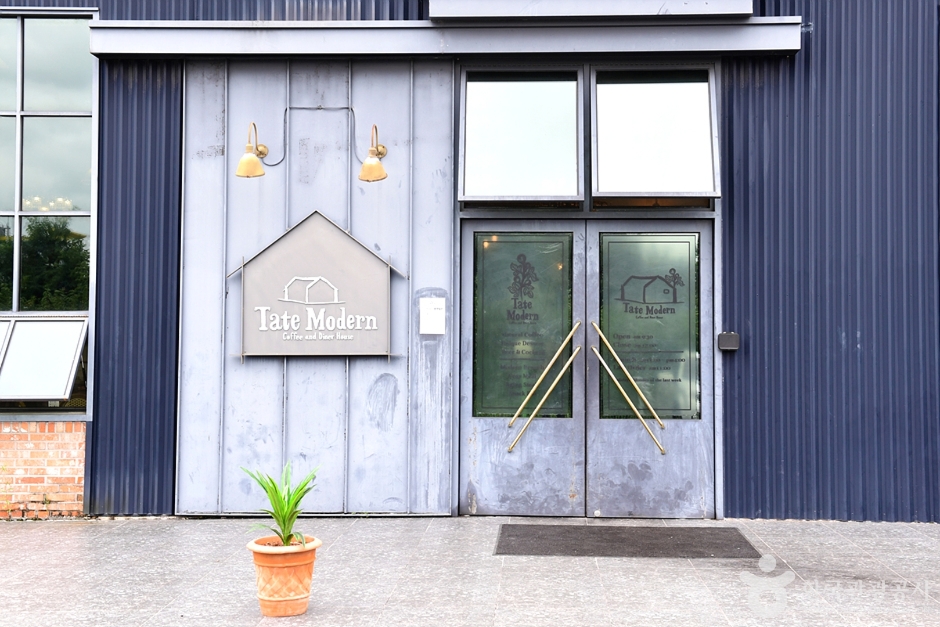
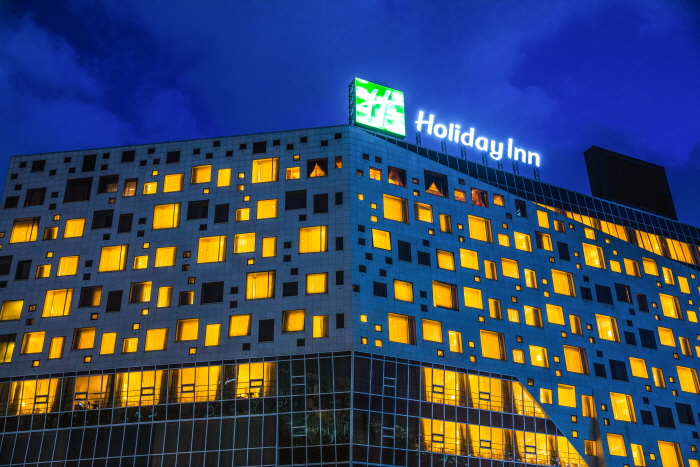
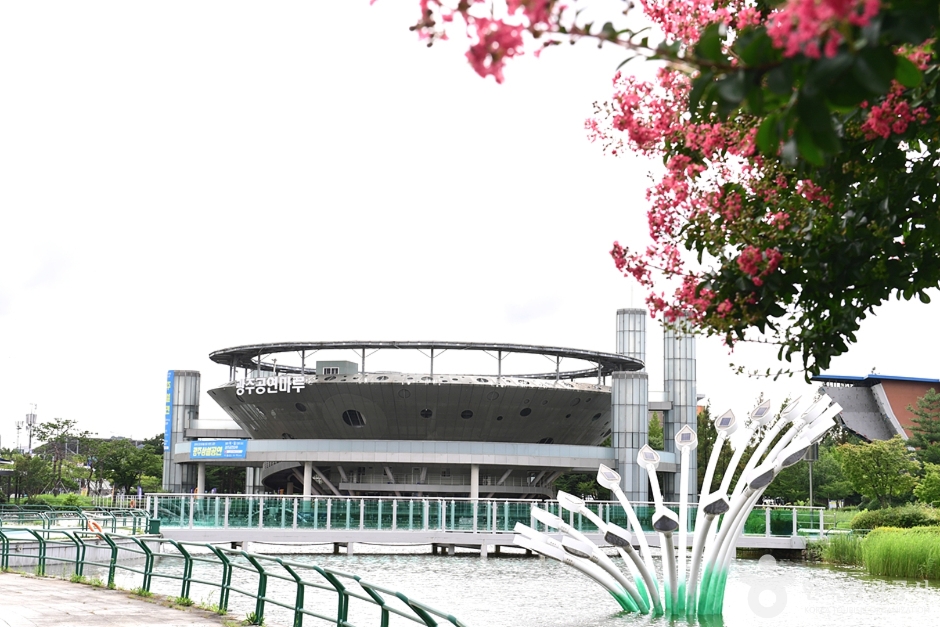
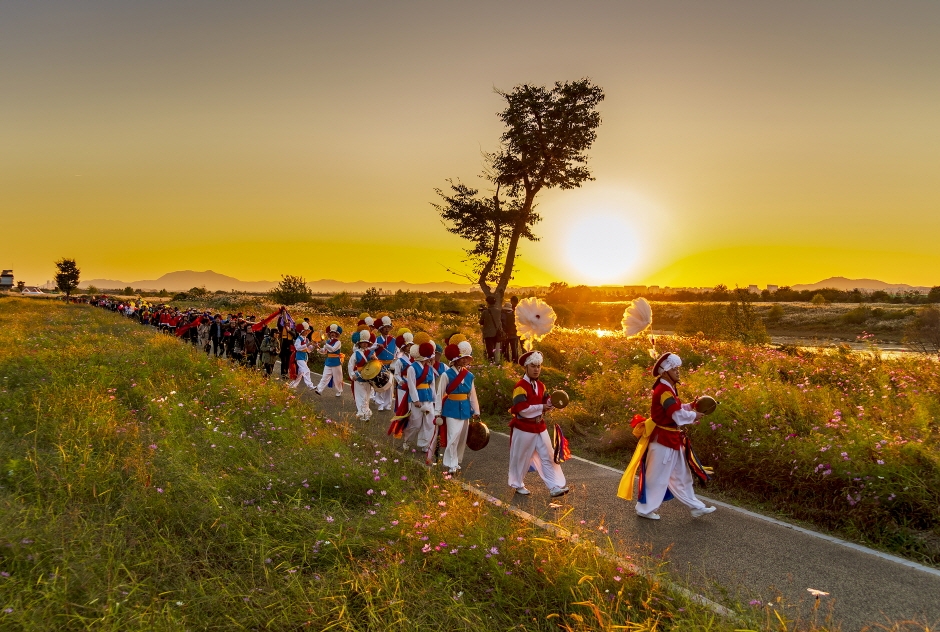
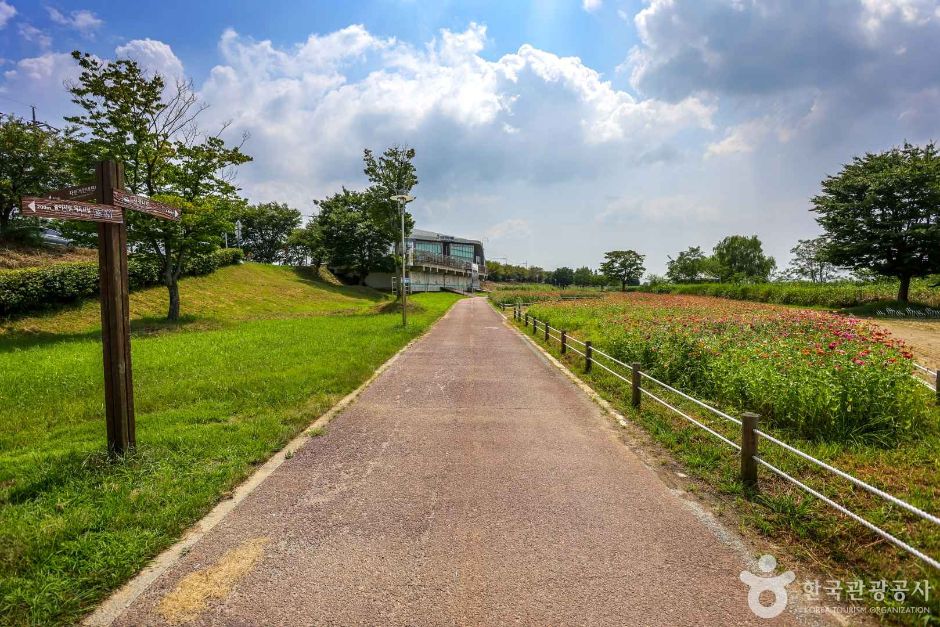
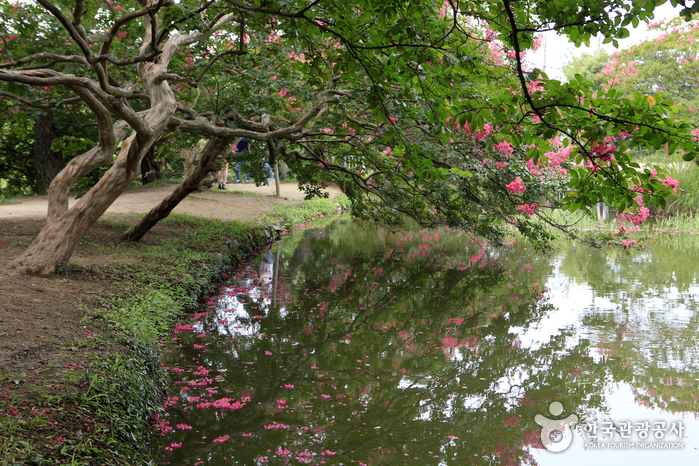
![Uniqlo - Gwangju Yeonje Branch [Tax Refund Shop] (유니클로 광주연제)](http://tong.visitkorea.or.kr/cms/resource/23/2886823_image2_1.jpg)

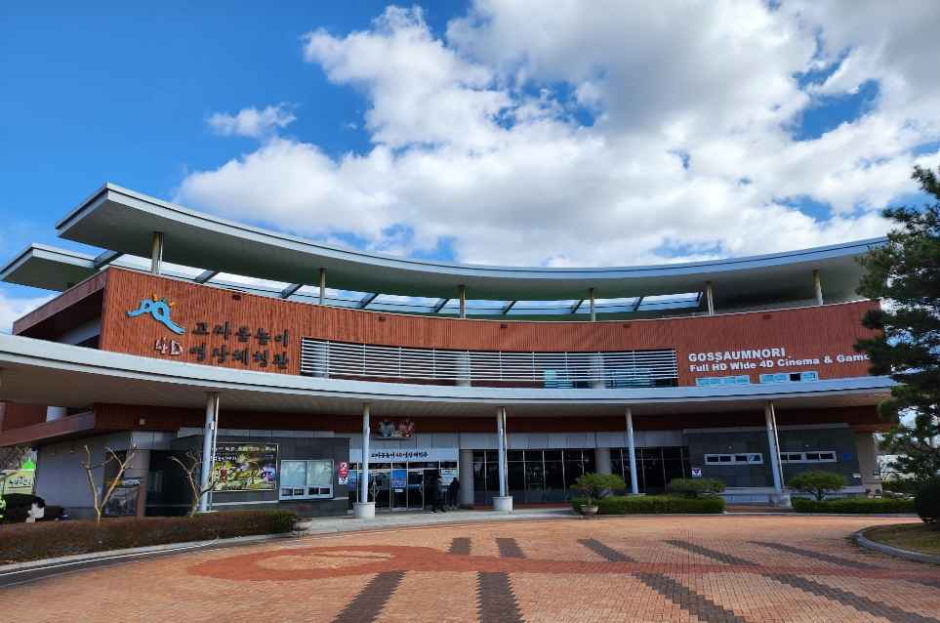
 English
English
 한국어
한국어 日本語
日本語 中文(简体)
中文(简体) Deutsch
Deutsch Français
Français Español
Español Русский
Русский